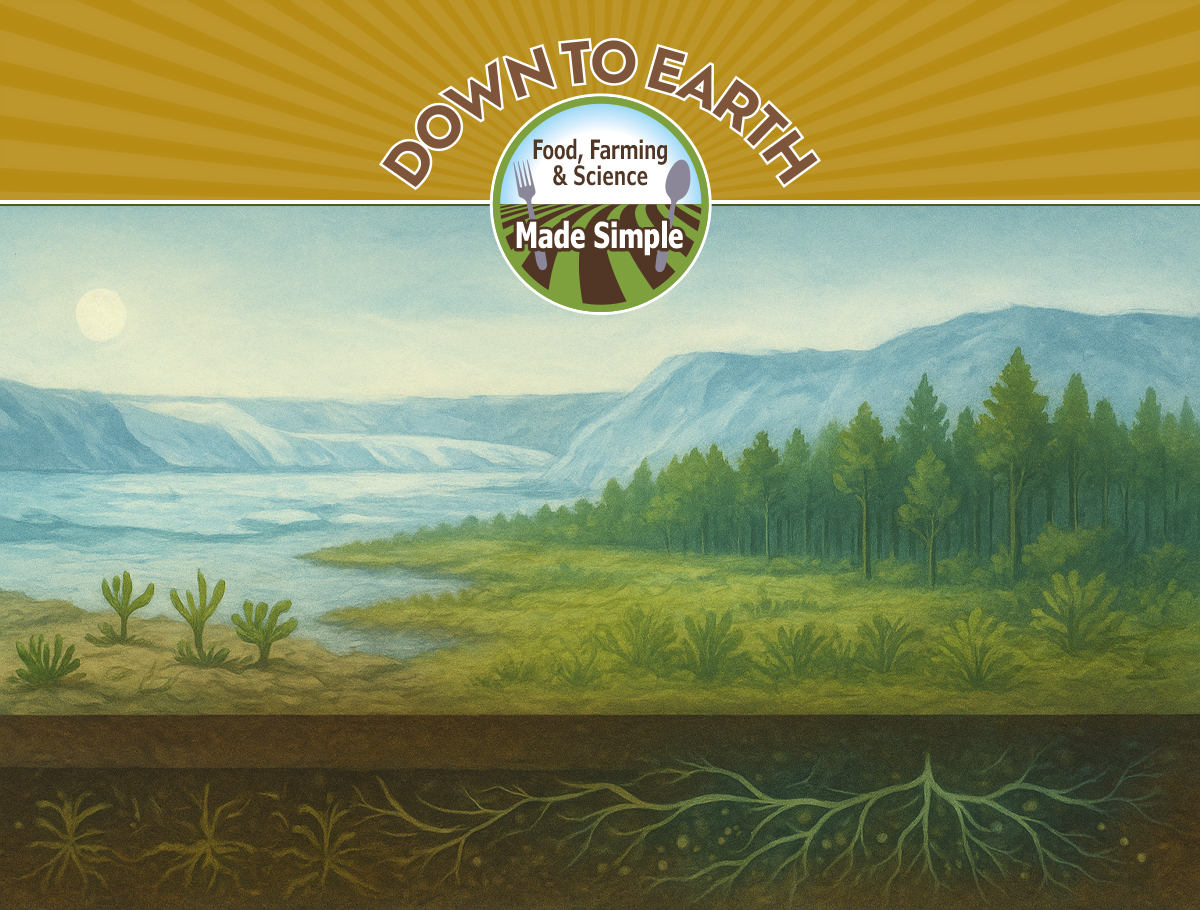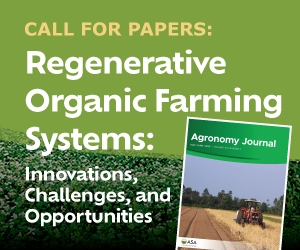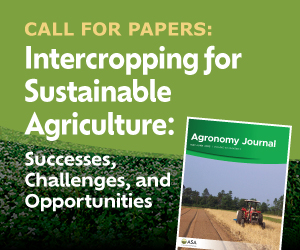New models explain how climate reacts to historical shocks

Could the Earth itself hold clues to how it seems to bounce back from climate disasters? Using models and real-world data on plant and fungus growth, researchers made a model that determines how long it would take for Earth’s plant and soil ecosystems to adjust to climate change.
This article is part of our Down to Earth series, which breaks down and explains food, farming, and environmental sciences for readers of all backgrounds, including those without formal scientific training.
Could the Earth itself hold clues to how it seems to bounce back from climate disasters? As energy from the sun gradually rises, Earth has returned to conditions favorable to life.
A recent study published in Vadose Zone Journal looks back at glacial periods in Earth’s history that followed the major arrivals of plants in the Paleozoic. Because plants absorb carbon dioxide from Earth’s atmosphere, their arrival led to the Earth cooling and eventually entering various ice ages. Using models and real-world data on plant and fungus growth, the researchers made a model that determines how long it would take for Earth’s plant and soil ecosystems to adjust to climate change.
The study takes cues from the classic book Gaia: A New Look at Life on Earth, where author James Lovelock proposed that Earth’s biosphere is a self-regulating organism operating on a planetary scale. Though this interpretation has been critiqued many times, and the original hypothesis was weakened, the idea that Earth is life-supporting and self-organizing is supported by the scientific community.
A 2002 study by University of Maryland researcher Dr. Axel Kleidon showed that the atmospheric and soil conditions produced by life have increased plant productivity by 250%.
Climate shock
When photosynthesis evolved, it shocked the climate by allowing plants to pull carbon dioxide from the atmosphere and lower global temperatures. That energy would then be consumed by animals, fungi, and bacteria.
The Vadose Zone Journal paper compares historic rates of plant growth to the rates at which soil-based bacteria and fungi form new adaptations. Though this work can neither confirm nor deny the efficacy of the Gaia theory, it considers many confirmed ideas of ecosystems evolving along with the organisms that build them.
By studying the growth of pine and eucalyptus trees, the researchers were able to forecast how long it would take for a community of organisms to spread across an entire continent. What they found was that:
- The stability of our climate is, in fact, a product of massive plant ecosystems
- We can theoretically know when the atmosphere will reach homeostasis, but it’s going to take far longer than in the past due to modern climate change
- We can use this information to better understand Earth's biosphere
Continent-scale communication
A community of life that spans a whole continent would need some form of communication to function properly. It was theorized that a massive, interconnected network of plants, roots, and bacteria could be one such organism with the possibility of fungi being a part of it as well. Though the researchers don’t know how the bacteria might communicate in this case, it is known that bacteria chemically communicate to find food. Though it might take plants longer to do something similar because of soil networks, the idea that they could communicate in a similar way is entirely reasonable.
Earth’s various ice ages were caused by the overproduction of plants, among other factors, and the stability the planet achieved after the overpopulation of such plants is consistent with the idea of a worldwide super-organism. The researchers proposed a series of equations used to describe the major natural pathways that help plants and fungi spread across long distances. According to their calculations, the biosphere adaptation that removed the effects of the climate shocks brought on by the colonization of land plants required less than 100 million years to happen on continental scales of 10,000 kilometers or less.
It became clear that the early colonization of land was done by rooted plants though the fossil evidence shows that early root systems tended to stay closer to the surface. After first appearing 500 million years ago, the increase in photosynthesis and its absorption of atmospheric carbon done by plants lead to global glaciation 488 million years ago. When plants colonized the Earth again 420 million years ago, there was another glacial period lasting from 372 to 359 million years ago. Therefore, the time required for the re-establishment of ideal global temperatures is about 60 million years.
The maximum productivity across an ecosystem, which can be used to determine the richness of plants and water balance, would lead to a catastrophe without decomposers like bacteria and fungi. This level of productivity isn’t possible without a warmer climate, and this reveals some important lessons about global warming: It won’t cause the destruction of the planet or all life on it, because life on Earth has fully recovered from all of the worst extinction events throughout history, but it will cause large amounts of harm towards vulnerable people and organisms that can be avoided through efforts to protect our environment and slow down climate change.
Dig deeper
Hunt, A. G., Sahimi, M., Faybishenko, B., Egli, M., Kabala, Z. J., Ghanbarian, B., & Yu, F. (2025). Gaia: Complex systems prediction for time to adapt to climate shocks. Vadose Zone Journal, 24, e70016. https://doi.org/10.1002/vzj2.70016
Text © . The authors. CC BY-NC-ND 4.0. Except where otherwise noted, images are subject to copyright. Any reuse without express permission from the copyright owner is prohibited.












